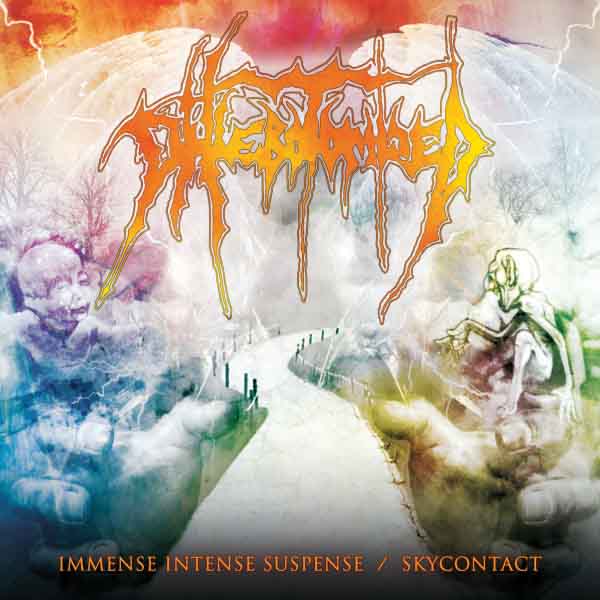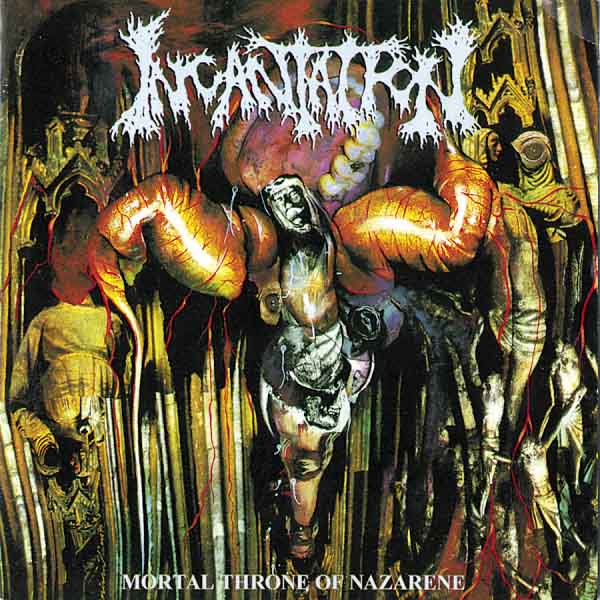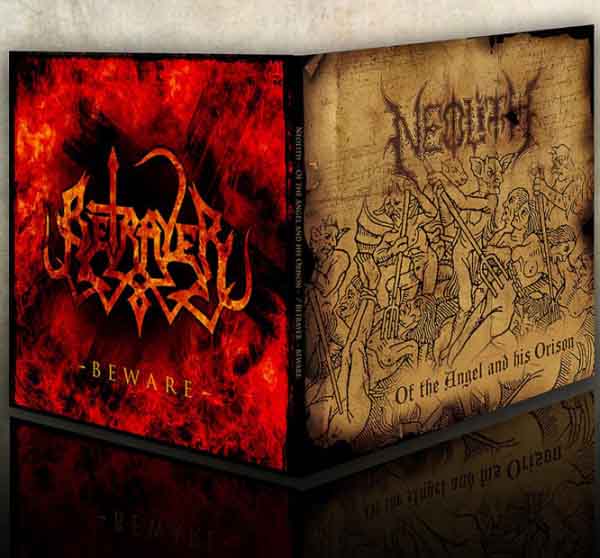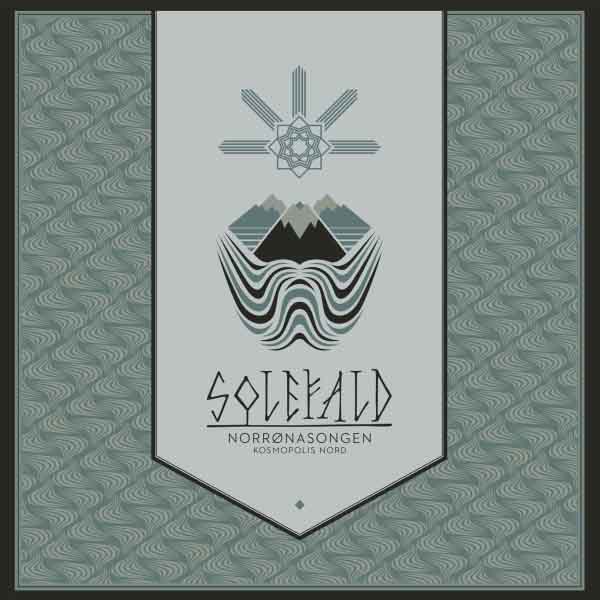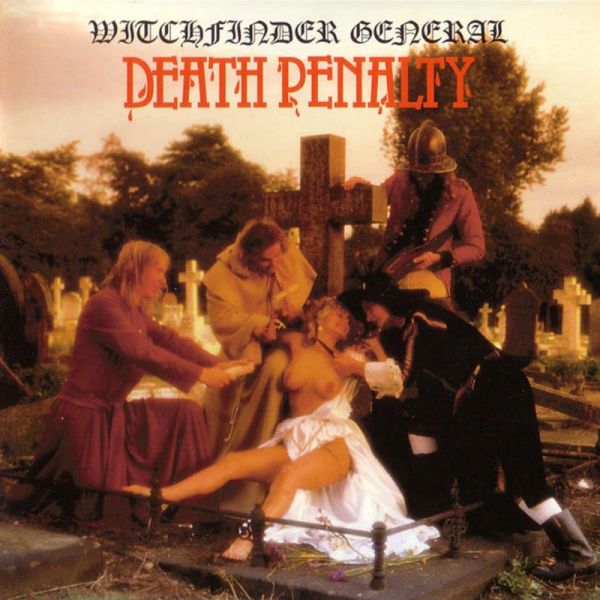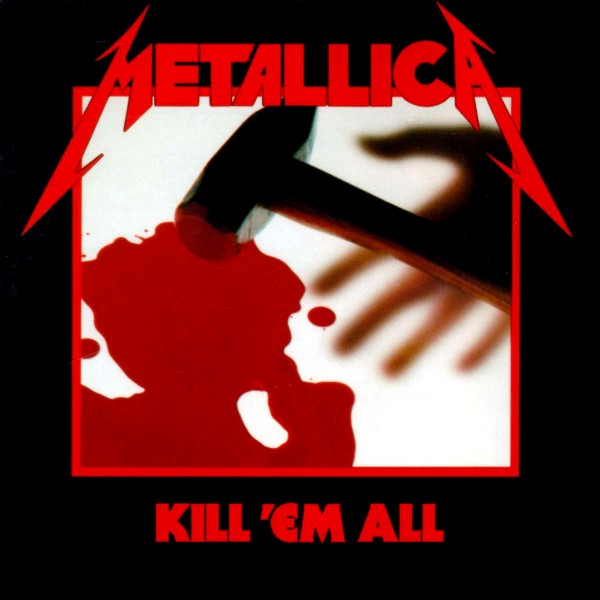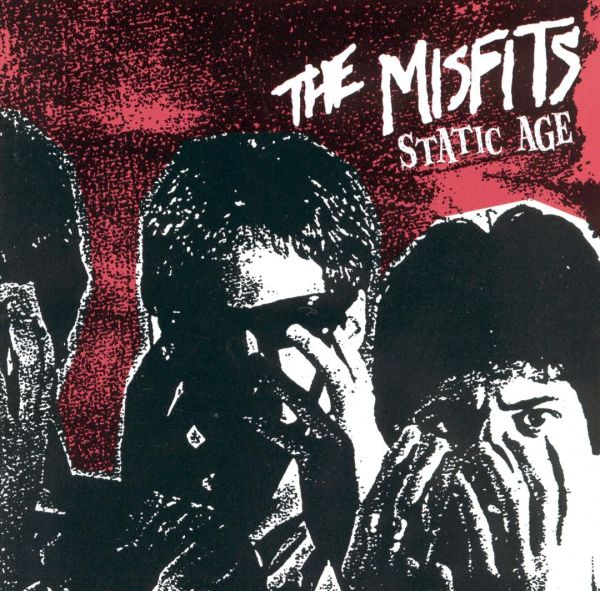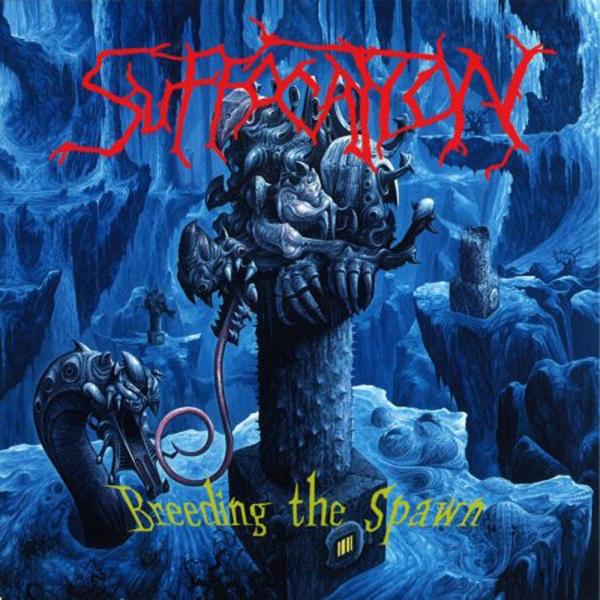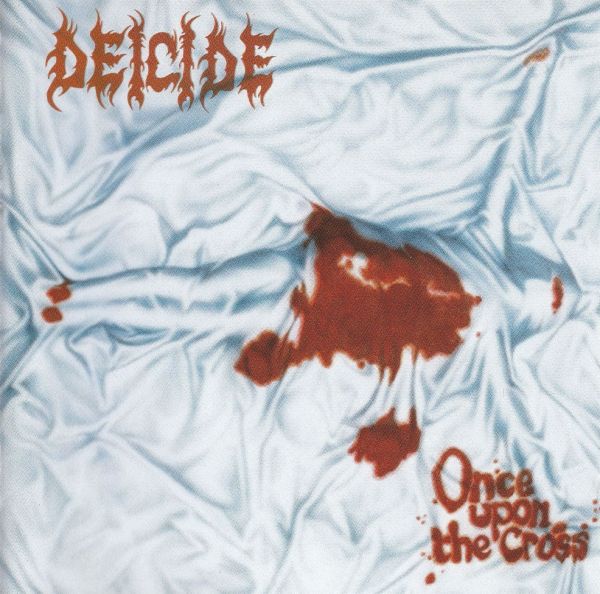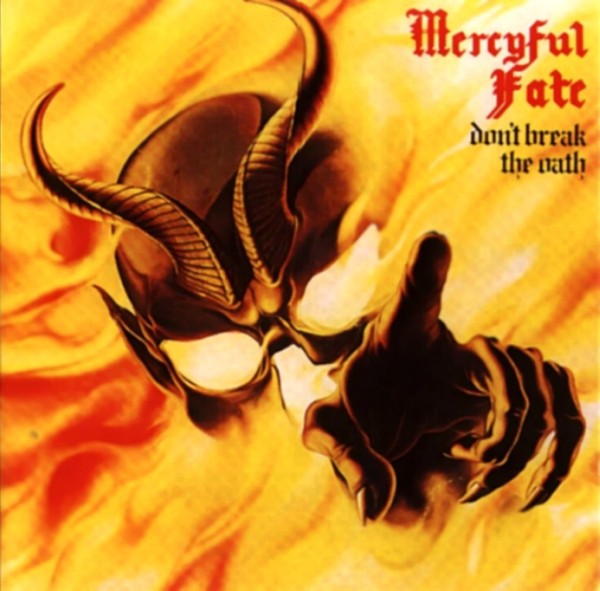People forget that the 90s were among other things a pervasively trivial time, which was one of the things that death metal was rebelling against. We finally got over the terror of the Republican 1980s, and the ex-hippies took over and that meant we were due for some good times. Bill and Ted’s Excellent Adventure satirizes this best with its view of adult society in Southern California as completely oblivious, obsessed with the inconsequential and generally wrapped up in itself without any purpose or direction to life beyond consumer glory.
Immense Intense Surprise reveals this mentality of triviality, which is the concept that you can take something very ordinary and cover it with shiny objects and unique, ironic and different (UID) adornments and somehow it will be transformed into a revolutionary idea. This is not so: the underlying idea remains in control. In the case of Immense Intense Surprise the underlying idea is that same alternative rock that everyone else was pimping back then, but they have dressed it up as bouncy technical death metal of the Afflicted school, meaning that you will not find any epic or amazing melodies or song constructions here, only technical tricks on guitar and keyboard.
To keep us distracted, Phlebotomized constantly change layers of vocals, synths, drums and lead guitar that sounds almost plasticine in its tendency toward “chaotically” repeated similar structures. And underneath? Quite a few hard rock and classic heavy metal riffs reborn, some influences from 70s rock, and a bit of death metal that as with all ill-conceived hybrids, builds itself around the vocals. Notice also the novelty song structures. This release distracts from a missing core with a surface level of weird, much like so many people distract from their absence of soul with “interesting” personalities.
Not all of Immense Intense Surprise & Skycontact — a combination release of two late 1990s albums — is bad. Much of this material shows insight in songwriting and an ability to craft a good tune. Phlebotomized interrupt themselves on the way to a good song by instead of finding a voice for their many influences, trotting them out in serial fashion, creating the kind of “variety plate” music that fails to endure over time. Think, people: there is a reason these albums went out of print in the first place after haunting the sale bins of used record stores across the world. Surface-based music does not endure. They were not alone in their quest for experimentation. Bands like Disharmonic Orchestra, Supuration and Mordred were each trying to re-invent death metal by mixing in influences from previous genres. The problem with such a conflicted approach is that it destroys the voice of the genre which had achieved clarity, and replace it with the usual modern grab-bag of options unrelated to a purpose.
Phlebotomized put out an earlier album, Preach Eternal Gospels, which spent quite a bit of time in my CD player during the 90s because it was good, solid B-level boxy death metal. Bands at that level either accepted second-tier status and moved on, or became consumed with the desire to be the next Dismember or Morbid Angel and so embarked on a path of accessorizing their music to make it stand out. Their only real problem was that the mainstream rock discovered that tactic long before they did, and they were better at it.
6 CommentsTags: alternative metal, death metal, hybrid metal, phlebotomized, the netherlands
